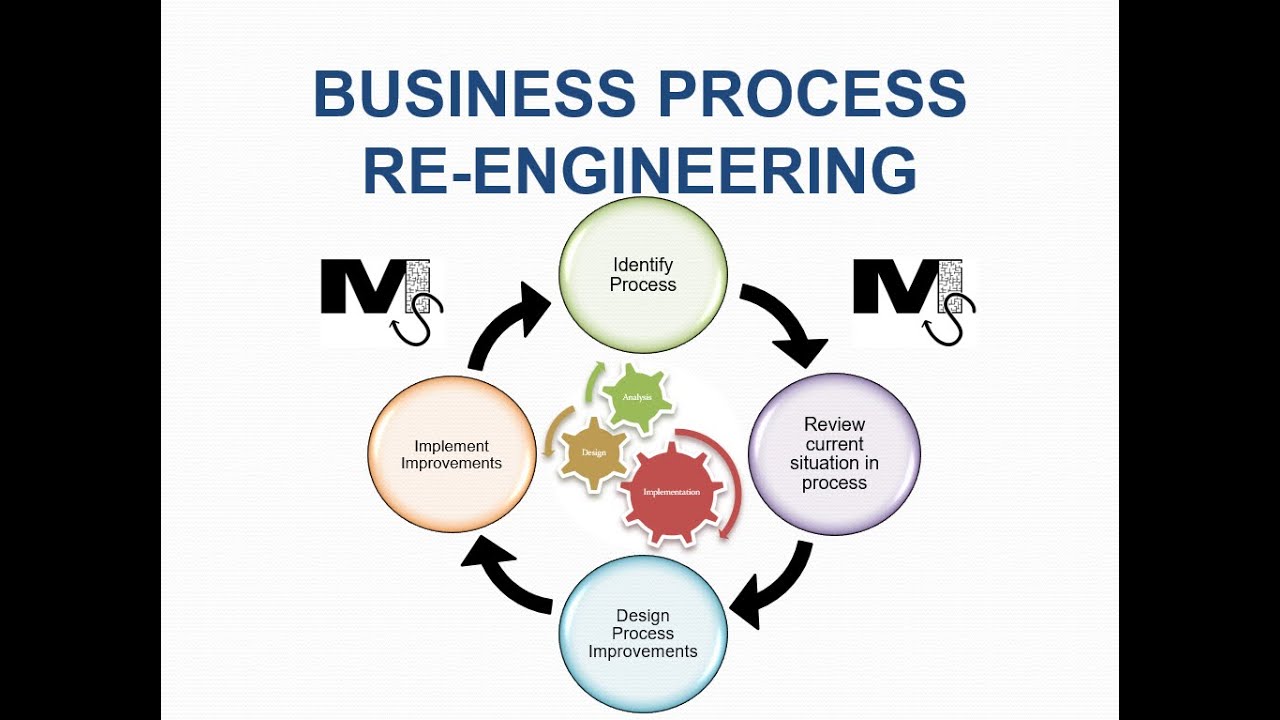Business Process Reengineering for Business: Business process reengineering (BPR) is a popular business strategy used to improve efficiency and effectiveness of business processes. This approach focuses on completely redesigning and optimizing a business process from the ground up to achieve higher levels of efficiency and performance. It is an effective way to improve organizational performance and reduce costs.
The Benefits of Business Process Reengineering
Business process reengineering is an effective way to improve efficiency and reduce costs. It can also help businesses become more agile and responsive to changing customer demands. It can also be used to develop new products and services, and to create new markets. Here are some of the benefits of business process reengineering:
- Improves efficiency and reduces costs
- Increases customer satisfaction
- Increases agility and responsiveness
- Develops new products and services
- Creates new markets
Steps to Implement Business Process Reengineering
Business process reengineering is a complex process and requires careful planning and execution. Here are some steps to help you get started:
1. Define the Process and Goals
The first step in business process reengineering is to define the process and goals. It is important to identify the current process and understand how it works. This will help you determine which parts of the process need to be redesigned or improved. It is also important to identify the goals of the process and how they will be achieved.
2. Analyze the Process
Once the process and goals have been defined, it is important to analyze the process to identify areas of improvement. This includes looking at the current process and identifying any bottlenecks or inefficiencies. It is also important to look at customer feedback to identify areas where the process can be improved.
3. Develop a Reengineering Plan
Once the analysis is complete, it is time to develop a reengineering plan. This plan should include the goals and objectives of the process, as well as the steps needed to achieve those goals. It should also include a timeline for implementation and a budget for the project.
4. Implement the Reengineering Plan
Once the plan has been developed, it is time to implement the reengineering plan. This includes making changes to the process, training employees on the new process, and monitoring the results. It is important to ensure that the changes are effective and are meeting the goals of the process.
5. Monitor and Evaluate the Results
Finally, it is important to monitor and evaluate the results of the reengineering process. This includes measuring the performance of the process and evaluating the effectiveness of the changes. This will help ensure that the changes are effective and are meeting the goals of the process.
Business process reengineering is a powerful tool for improving efficiency and reducing costs. It can also help businesses become more agile and responsive to changing customer demands. It is important to carefully plan and execute the reengineering process to ensure that it is successful. With careful planning and execution, businesses can use business process reengineering to improve their performance and achieve their goals.




